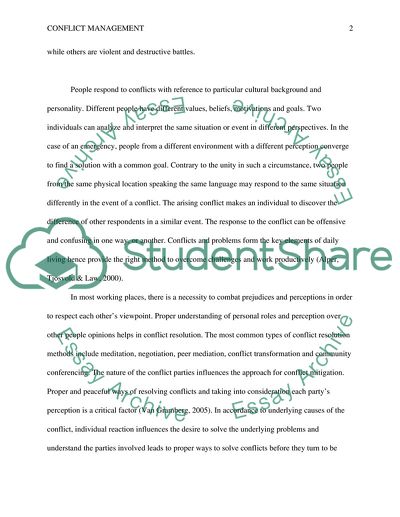Cite this document
(“Conflicts Management at workplace Assignment Example | Topics and Well Written Essays - 2000 words”, n.d.)
Conflicts Management at workplace Assignment Example | Topics and Well Written Essays - 2000 words. Retrieved from https://studentshare.org/psychology/1658334-conflict-model
Conflicts Management at workplace Assignment Example | Topics and Well Written Essays - 2000 words. Retrieved from https://studentshare.org/psychology/1658334-conflict-model
(Conflicts Management at Workplace Assignment Example | Topics and Well Written Essays - 2000 Words)
Conflicts Management at Workplace Assignment Example | Topics and Well Written Essays - 2000 Words. https://studentshare.org/psychology/1658334-conflict-model.
Conflicts Management at Workplace Assignment Example | Topics and Well Written Essays - 2000 Words. https://studentshare.org/psychology/1658334-conflict-model.
“Conflicts Management at Workplace Assignment Example | Topics and Well Written Essays - 2000 Words”, n.d. https://studentshare.org/psychology/1658334-conflict-model.


